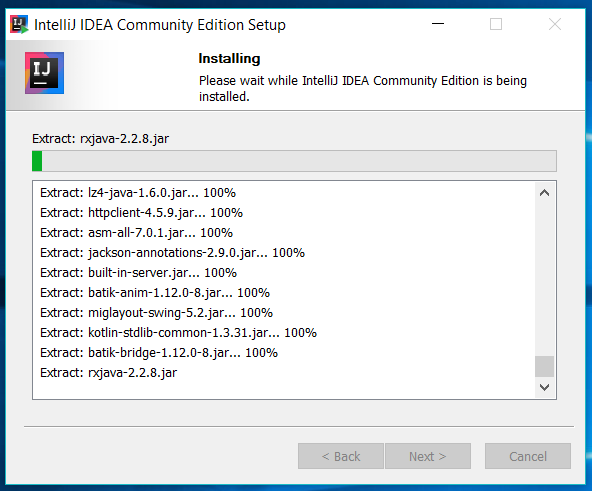

Raspberry Pi 2 Model B, which offers a 900MHz quad-core CPU and 1GB of RAM (this one is for the “practical” part, yet you may try to use Rasperry Pi 1 as well).

The instructions rely on the following keystones that make the undertaking possible (and even practical): Obviously, it’s unreasonable to expect desktop-like performance from such a device, however I happen to successfully use a similar environment on EEE PC which was hardly faster. While it was initially intended to be just a “proof of concept”, it turned out that we were able to open the Scala plugin project itself (which is pretty large, and includes all IDEA CE sources) and to comfortably use this setup for most feature demonstrations. Nevertheless, in reality, Rasperry Pi can do much, much more than blinking a LED.Īfter trying out Scala on Raspberry Pi for some time, I configured my Rasperry Pi to run IDEA & Scala plugin for the recent ScalaDays conference. Raspberry Pi boards are incredibly small, so it’s hard to believe that those devices are apt for such a task. The instructions are also applicable for other IDEA-based IDEs like P圜harm, RubyMine, PhpStorm, WebStorm, CLion, etc.Īt first, the idea of installing a full-fledged, contemporary IDE on Raspberry Pi may seem unrealizable. This article shows how to install IntelliJ IDEA on Raspberry Pi.


 0 kommentar(er)
0 kommentar(er)
